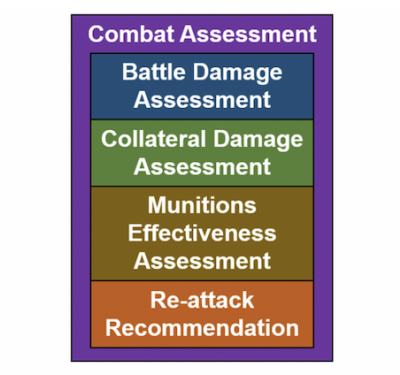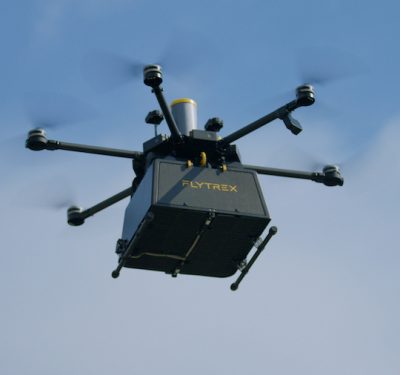Hitec Commercial Solutions has unveiled its new LINEAR CAN Series of programmable linear actuators, designed to deliver precision motion control for next-generation robotics, industrial automation, and UAV systems.

These actuators are compatible with CAN 2.0A/B and DroneCAN (UAVCAN v0) protocols, offering robust interoperability and real-time data communication.
Available in three stroke lengths (30mm, 50mm, 100mm) and four gear ratios (50:1, 100:1, 210:1, 380:1), the LINEAR CAN Series gives engineers flexible options tailored to specific mechanical requirements. With a 5mm lead screw and wide operating voltage range (4.0–8.4V DC), these compact actuators are ideal for applications demanding tight integration, variable force, and programmable response.
“Whether you’re building autonomous drones, robotic systems, or industrial mechanisms, our CAN-enabled actuators deliver the precision, reliability, and programmability today’s developers expect,” said Suzanne Lepine, Client Relations & Media Marketing Manager at Hitec Group USA.
Key Features:
- CAN/DroneCAN digital amplifier programmable via Hitec’s DPC-20 tool
- Programmable stroke and speed settings with power-off position hold
- Lightweight design (as low as 34g) and compact form factors
- IP4X-rated durability and 32-bit digital servo amplifier
- No bulky hardware—software-driven control through SDK/API integration
Performance and Engineering Specs:
Each actuator is optimized for both low-load speed performance and high-load efficiency, offering:
- Repeatability: ±0.2–0.5mm depending on stroke
- Max Stall Force: Up to 22.2kgf depending on gear ratio
- Side Load Tolerance: Up to 4.08kgf (30mm stroke)
- Temperature Range: Operates from -10°C to +50°C
Developed with flange bearings, metal gears, and engineering plastic and aluminum housing, these actuators are both lightweight and durable. Their modularity and compatibility with CAN-based communication make them an ideal fit for emerging autonomy applications where precision and resilience are paramount.






